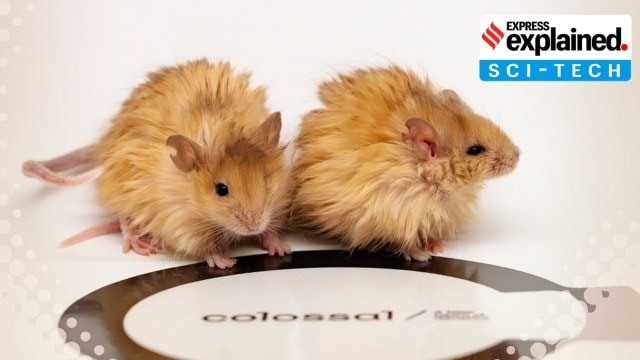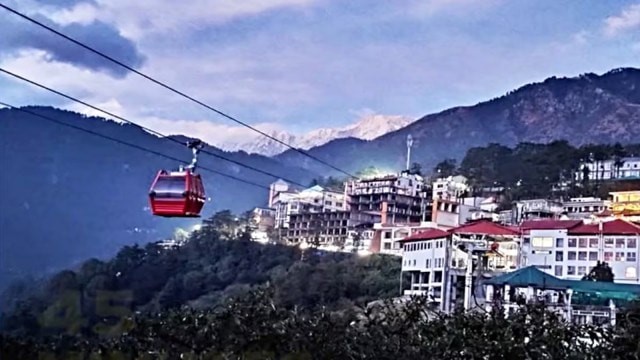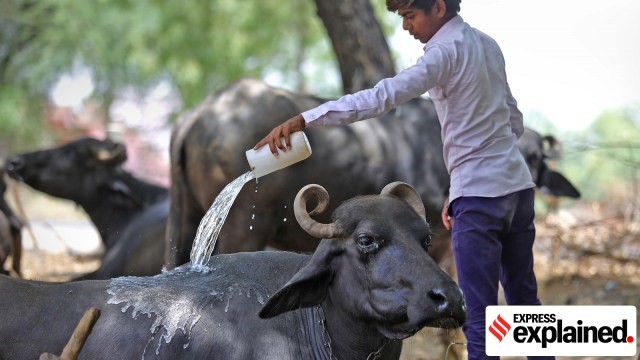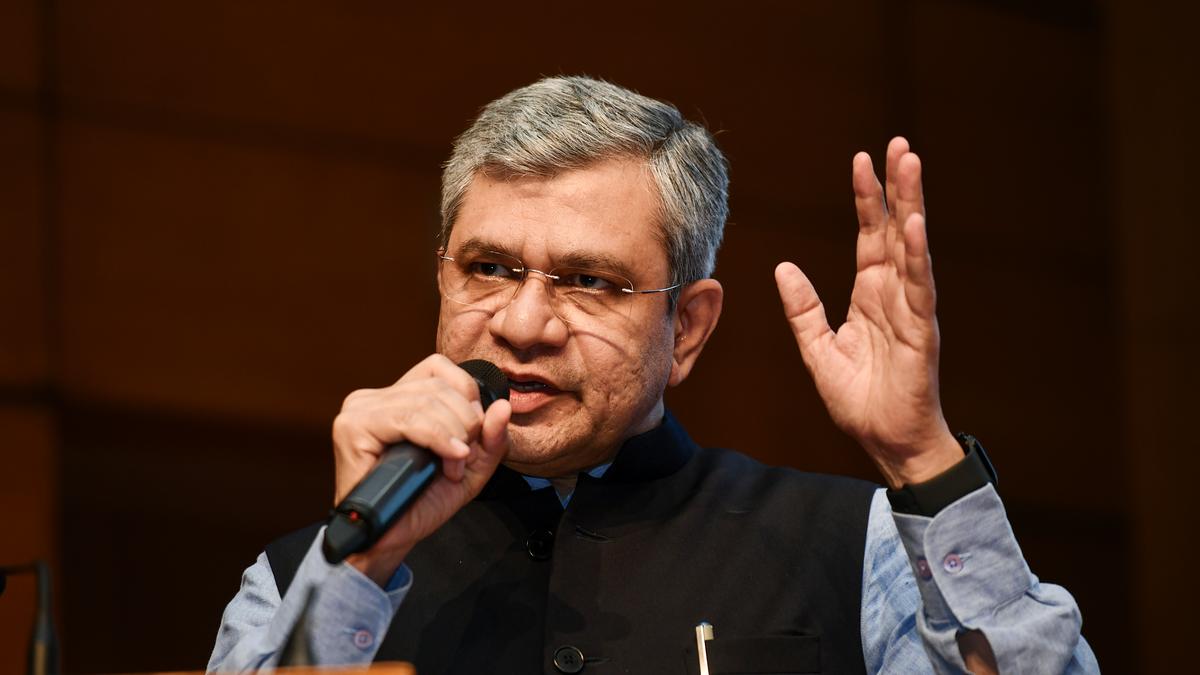Woolly Mice

- 12 Mar 2025
In News:
Scientists at Colossal Biosciences, a US-based biotechnology company, have genetically engineered mice with mammoth-like traits, dubbed “woolly mice”, as part of a broader project aiming to revive the extinct woolly mammoth.
What are Woolly Mice?
Woolly mice are genetically modified laboratory mice that express specific traits observed in woolly mammoths, such as thick, wavy fur and cold adaptation features. These traits were introduced to validate the feasibility of editing multiple genes for the potential de-extinction of the woolly mammoth.
How Were Woolly Mice Created?
- Methodology:
- Scientists compared ancient DNA of woolly mammoths with modern Asian elephants (their closest living relatives) to identify unique cold-adaptation genetic variants.
- Selected 10 mammoth-associated gene variants related to hair length, thickness, color, and fat metabolism were mapped to their equivalents in lab mice.
- Using CRISPR gene-editing technology, seven key genes were edited across eight changes in mouse embryos.
- Key Gene Edits:
- FGF5: Regulated hair cycle, producing hair three times longer than normal.
- MC1R: Altered coat color to golden, similar to mammoths.
- FABP2: Modified lipid metabolism for potential cold resistance.
- Additional genes affected hair texture, follicle structure, and whisker curling.
Significance of the Experiment
- Proof of Concept: Demonstrates that mammoth-like traits can be recreated in living organisms through targeted gene editing.
- Model for Cold Adaptation Studies: Offers insights into thermoregulation and climate resilience, useful for biodiversity research.
- Potential for Conservation: Highlights the emerging role of gene editing in preventing extinctions and enhancing species’ adaptability.
Scientific and Ethical Concerns
- Some experts argue that the research lacks conclusive evidence that the mice are truly cold-adapted.
- Critics note that while physical traits were achieved, this does not equate to reviving a mammoth, but rather mimicking select features in a different organism.
- There are broader debates on whether such de-extinction efforts are beneficial or divert resources from conserving existing endangered species.
ParvatmalaPariyojana

- 12 Mar 2025
In News:
The ParvatmalaPariyojana, launched in the Union Budget 2022–23, is a Central Government initiative aimed at developing ropeway infrastructure across the country, especially in hilly, forested, and difficult terrains. It aims to provide safe, sustainable, and efficient transport alternatives to reduce congestion, improve tourism, and enhance last-mile connectivity.
Key Features of the Programme
- Implementing Agency:National Highways Logistics Management Limited (NHLML), a 100% SPV of NHAI, under the Ministry of Road Transport & Highways (MoRTH).
- Funding Model:
- Projects are implemented under the Public-Private Partnership (PPP) model, specifically Design-Build-Finance-Operate-Transfer (DBFOT) mode.
- The Government of India contributes ~60% of the total cost.
- Target:Development of over 250 ropeway projects covering 1,200+ km, with an estimated investment of ?1.25 lakh crore.
- Budget Allocation:?300 crore was allocated in FY 2024–25, with ?200 crore utilized by December 2024.
Recent Cabinet Approvals in Uttarakhand (March 2025)
Two major ropeway projects under the scheme received Union Cabinet approval:
- Govindghat to Hemkund Sahib Ji Ropeway
- Length: 12.4 km
- Technology:
- Monocable Detachable Gondola (MDG): Govindghat to Ghangaria (10.55 km)
- Tri-cable Detachable Gondola (3S): Ghangaria to Hemkund Sahib (1.85 km)
- Capacity: 1,100 passengers/hour/direction (PPHPD); up to 11,000 passengers/day
- Elevation: Hemkund Sahib is located at 15,000 ft in Chamoli district
- Pilgrim Footfall: Approx. 1.5–2 lakh annually
- Sonprayag to Kedarnath Ropeway
- Length: 12.9 km
- Technology: Tri-cable Detachable Gondola (3S)
- Capacity: 1,800 PPHPD; up to 18,000 passengers/day
- Elevation: Kedarnath is at 3,583 m (11,968 ft) in Rudraprayag district
- Pilgrim Footfall: Around 20 lakh annually
- Total Project Cost: Over ?6,811 crore
Advantages of Ropeways
- Lower land acquisition requirements
- Suitable for eco-sensitive and congested areas
- More cost-effective than roads in difficult terrains despite higher construction cost per km
- Boosts religious and adventure tourism, generating local employment and economic development
Other Ropeway Projects (2024–25 Update)
- Under Construction:Varanasi Ropeway (Uttar Pradesh): 3.85 km
- Awarded Projects:Bijli Mahadev (HP), Dhosi Hill (Haryana), Mahakaleshwar Temple (MP) – Total 4.93 km
PashuAushadhi Initiative

- 12 Mar 2025
In News:
The Government of India has launched the PashuAushadhi initiative to establish dedicated stores across the country offering affordable, high-quality generic veterinary medicines. This move aims to reduce the out-of-pocket expenditure of farmers and enhance animal health and productivity, especially in the livestock and dairy sectors.
Key Features:
- Modelled on PMBJK: Inspired by the success of the Pradhan Mantri BharatiyaJanaushadhiKendras (PMBJK) that provide generic human medicines, the PashuAushadhiKendras will serve the same purpose for animals.
- Affordable Veterinary Drugs: These Kendras will provide non-branded (generic) veterinary medicines at significantly lower prices.
- Ethnoveterinary Medicines: Alongside allopathic drugs, they will also stock traditional remedies based on indigenous knowledge, compiled by the National Dairy Development Board (NDDB). These include formulations for fever, diarrhoea, indigestion, mastitis, and more.
Implementation Framework
- The initiative is part of the revised Livestock Health and Disease Control Programme (LHDCP), approved by the Union Cabinet.
- Run by Co-operative Societies & PM-KisanSamriddhiKendras (PMKSKs).
- An initial budget of ?75 crore has been allocated under the LHDCP for veterinary medicine access and sales incentives.
Livestock Health and Disease Control Programme (LHDCP)
- With an outlay of ?3,880 crore for 2024–25 and 2025–26, the LHDCP focuses on:
- Prophylactic vaccination against major animal diseases (e.g., FMD, Brucellosis, CSF, PPR, Lumpy Skin Disease).
- Disease surveillance and veterinary infrastructure strengthening.
- Capacity building of veterinary services across India.
Need and Significance
- As per the 20th Livestock Census (2019), India has 535.78 million livestock, including over 302 million bovines.
- Livestock productivity is often hampered by preventable diseases.
- Farmers bear significant expenses on veterinary care, highlighting the need for cost-effective treatment options.
Antarctic Circumpolar Current (ACC) Slowing Down
- 12 Mar 2025
In News:
Recent scientific studies have revealed that the Antarctic Circumpolar Current (ACC)—the strongest and most powerful ocean current on Earth—is slowing down due to accelerated melting of Antarctic ice sheets caused by global warming.
What is ACC?
- The ACC flows clockwise around Antarctica and is the only ocean current that connects the Atlantic, Pacific, and Indian Oceans.
- It is five times stronger than the Gulf Stream and over 100 times more powerful than the Amazon River.
- Driven by strong westerly winds, it is the largest wind-driven ocean current and plays a vital role in regulating the Earth’s climate.
Key Functions and Significance
- Climate Regulation: Distributes heat, nutrients, and water across ocean basins.
- Carbon Sink: Aids in oceanic absorption of atmospheric carbon dioxide, mitigating global warming.
- Marine Barrier: Acts as a natural wall preventing invasive species (e.g., bull kelp, mollusks, shrimp) from reaching Antarctica.
- Prevents Warm Water Intrusion: Helps keep warm ocean currents away from the fragile Antarctic ice shelves.
Findings from Recent Research
- A study by the University of Melbourne and NORCE Norwegian Research Centre, published in Environmental Research Letters, warns that the ACC could slow down by 20% by 2050 under high emissions scenarios.
- Researchers used high-resolution ocean and sea ice simulations on Australia’s GADI supercomputer to project these changes.
- The weakening is largely attributed to the freshwater input from melting ice, which alters ocean salinity and disrupts the formation of Antarctic Bottom Water (AABW)—a crucial component of global ocean circulation.
Reasons for ACC Weakening
- Freshwater Dilution: Melting ice reduces salinity, weakening the density-driven AABW circulation.
- Altered Wind Patterns: Climate change may shift westerly wind patterns that drive the ACC.
- Positive Feedback Loop: Reduced sea ice further warms oceans, accelerating ice melt and weakening the current further.
Potential Global Impacts
- Climate Extremes: Disruption in global heat distribution may lead to increased climate variability and extreme weather events.
- Accelerated Global Warming: Slower circulation reduces the ocean’s carbon sequestration capacity.
- Biodiversity Threats: Invasive species could reach Antarctica, disrupting native ecosystems and food chains (e.g., penguins and krill).
- Global Ocean Circulation Impact: AABW weakening may disrupt the thermohaline circulation affecting global ocean systems.
AI Kosha

- 12 Mar 2025
In News
The Ministry of Electronics and Information Technology (MeitY) has launched AI Kosha, a secure platform to catalyze Artificial Intelligence (AI) innovation by providing centralized access to high-quality datasets, models, and development tools. This initiative is part of the broader IndiaAI Mission, which has an outlay of ?10,371 crore and aims to democratize AI access and boost research and governance applications.
Key Features and Infrastructure
- Datasets & Models: AI Kosha hosts 316 datasets and over 80 AI models, covering areas such as Indian language translation, health, census, meteorology, pollution, and satellite imagery.
- AI Sandbox Environment: Offers integrated development tools, tutorials, and an IDE for training AI models.
- Security Protocols: Implements encryption, secure API-based access, real-time threat filtering, and tiered permissions for users (researchers, startups, government bodies).
- AI-readiness Scoring: Aids users in selecting relevant and usable datasets.
Compute Capacity Boost
Under the Compute Capacity pillar of the IndiaAI Mission, the government has commissioned 14,000 GPUs (up from 10,000 announced earlier in 2025) to support shared access for startups and academic institutions. This infrastructure is vital for training large AI models, particularly foundational models tailored for Indian needs.
Policy and Data Governance Background
- AI Kosha complements earlier government efforts like data.gov.in, which already hosts 12,000+ public datasets.
- A 2018 committee, led by Infosys co-founder Kris Gopalakrishnan, proposed access to non-personal data from private firms to promote innovation—a proposal that faced resistance from industry stakeholders.
- The platform promotes ethically sourced and consent-based datasets, aligning with responsible AI practices.
Challenges
- Limited Dataset Diversity: Current datasets are mostly government or research-based, limiting private-sector applicability.
- Access Barriers: Strong security protocols, while crucial, may hinder ease of access for some innovators.
- Early Stage Evolution: Wider participation from industry is essential to expand dataset variety and utility.
